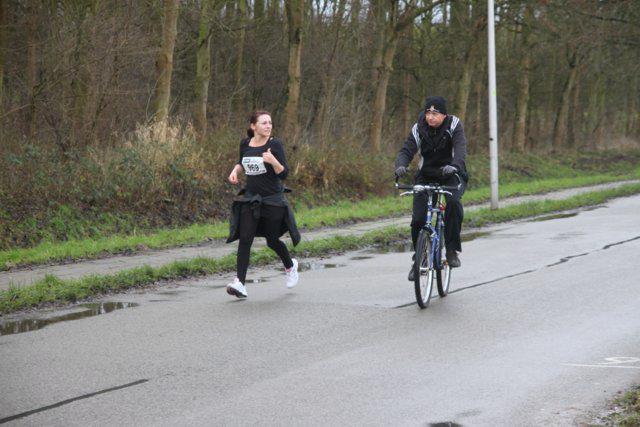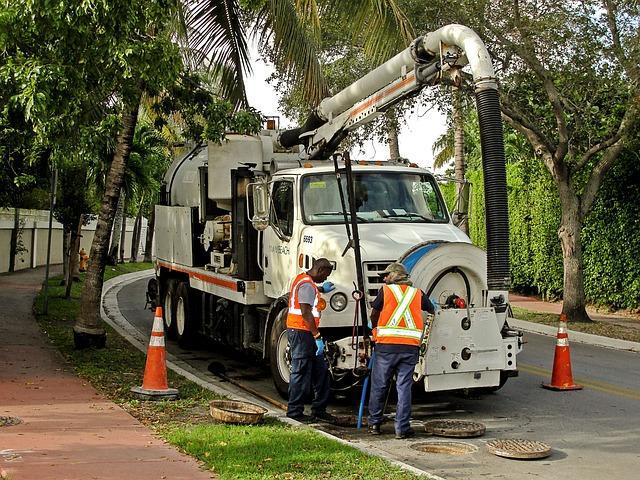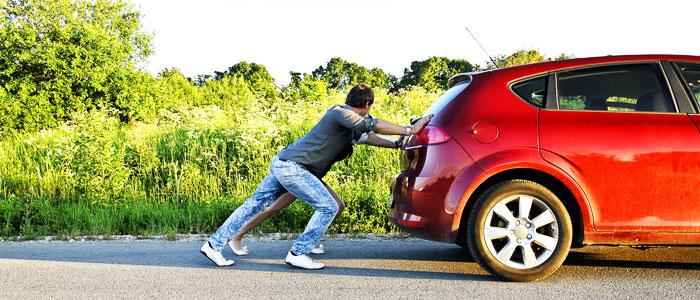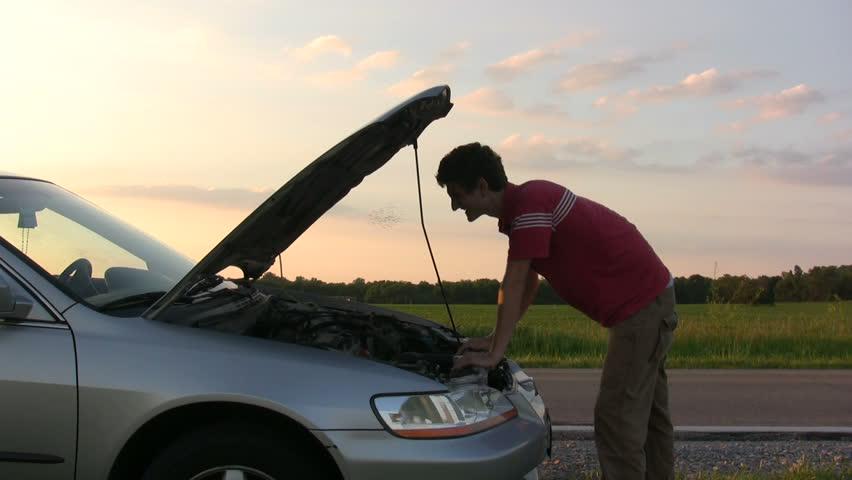| Code |
Attribute |
Definition |
Example |
| 1 |
None |
Used when none of the other attributes are applicable for this person. If this attribute is used, no other attribute may be selected. |
 |
| 2 |
Dart/Dash |
Used when the vulnerable user suddenly entered from off the roadway, including running, jogging, or stumbling, etc. |
 |
| 3 |
Disabled Vehicle-Related (Working on, Pushing, Leaving/Approaching) |
Used when the vulnerable user was outside a disabled vehicle and engaged in related activity such as inspecting, pushing, repairing, entering, or exiting the vehicle when the crash occurred. |
 |
| 4 |
Entering/Exiting Parked/Standing Vehicle |
Indicates the vulnerable user was approaching, entering or exiting a vehicle in the crash location when the crash occurred. |
 |
| 5 |
Failure to Obey Traffic Sign(s), Signal(s), or Officer(s) |
Used when the vulnerable user failed to obey a traffic control device. Examples include a traffic sign, a traffic control device (including a pedestrian signal), a traffic officer, or a safety zone; or passing around railroad gates. |
|
| 6 |
Failure to Yield Right-Of-Way |
Used when the vulnerable user failed to yield the right of-way to other road users. |
 |
| 7 |
Failure to use Proper Crosswalk |
Used when a vulnerable user was engaged in crossing a road but was not doing so properly (i.e., not in a crosswalk). The vulnerable user may have been engaged in other activities such as the continuation of jogging, running, etc. This attribute should not be used in conjunction with In Roadway (Standing, Lying, Working, Playing, etc.). |
 |
| 8 |
Fleeing/Evading Law Enforcement |
Used to identify the vulnerable user was trying to escape and/or avoid the police. |
 |
| 9 |
Passing |
Used to indicate the vulnerable user had completed or was passing in a way that was unsafe, poorly executed, or prohibited. A vulnerable user may be passing a motor vehicle or another vulnerable user. This attribute is only applicable to VULNERABLE USER TYPE Bicyclist, Skateboarder, Roller Skater, In-Line Skater, Non-Motorized Scooter Rider, Motorized Bicyclist, Hand Cyclist, Tricyclist, Motorized Scooter Rider, Horse Rider, Horse-drawn Carriage Driver, Farm Equipment Operator, or Other Micromobility Device User. Examples include unsafely passing on the right (when not in a bike lane), passing a stopped school bus, or passing where prohibited by signs or pavement markings (i.e., mainly violations as designated by traffic controls). |
 |
| 10 |
Turn/Merge |
Used when the vulnerable user completed or was making a turn that was unsafe, poorly executed, or prohibited. This attribute is only applicable to VULNERABLE USER TYPE Bicyclist, Skateboarder, Roller Skater, In-Line Skater, Non-Motorized Scooter Rider, Motorized Bicyclist, Hand Cyclist, Tricyclist, Motorized Scooter Rider, Horse Rider, Horse-drawn Carriage Driver, Farm Equipment Operator, or Other Micromobility Device User. Examples of an improper turn include too wide right or left turns, making a right turn from the left lane, a left turn from the right lane, or unsafe U-turns. An example of an improper merge is when the bicycle lane ends and the bicyclist merges into the path of a vehicle without leaving sufficient space. |
 |
| 11 |
Inattentive (Talking, Eating, etc.) |
Used when the vulnerable user’s attention was diverted due to secondary tasks such as talking, eating, using a device, or other distractions that contributed to the crash event. |
 |
| 12 |
Distracted |
Indicates the vulnerable user was inattentive, lost in thought, or distracted. Examples include using any electronic devices (e.g., mobile phone, video game, e-reader), using earbuds on a music player while jogging, chatting with a neighbor, caring for a baby in a stroller, admiring a garden, etc. If this attribute is selected, then VULNERABLE USER DISTRACTED BY must be completed appropriately. |
 |
| 13 |
In Roadway (Standing, Lying, Working, Playing, etc.) |
Used when a vulnerable user was in the roadway in violation of applicable laws. Examples: playing in the road before the vehicle arrived (the person must not have just run into the roadway, which would be coded Dart or Dash); in the street voluntarily, such as a civilian directing traffic at the scene of a crash; attempting to hail a cab, flag down assistance, or flag down a transit bus between designated stops; sitting, getting up, asleep or unconscious, kneeling, etc. |
 |
| 14 |
Not Visible (Dark Clothing, No Lighting, etc.) |
Used when the vulnerable user was not visible to the motorist because of blocked views, insufficient lighting, or other reasons such as clothing that blends in with the surroundings at any time of the day (camouflage) or dark clothing in the rain at night. |
 |
| 15 |
Traveling Wrong Way |
Used to indicate the vulnerable user was traveling in a direction other than required by statute. |
 |
| 97 |
Other(Explain in Narrative) |
Used when the vulnerable user’s contributing actions or circumstances at the time of the crash was something other than the listed attributes for this data element. If this attribute is used, explain the details in the narrative section of the crash report. |
|
| 99 |
Unknown |
Used when contributing circumstances for this person are unknown. If this attribute is used, no other attribute may be selected. |
|






